Group of 3 original molded plastic faceplates, Apple Inc, 1983-1984: 1. Apple Lisa, 235 x 452 mm, P/N 620-5111-B, from the original Apple Lisa, featuring slots for 2 5 1/4-inch "Twiggy" disk drives. 2. Apple Macintosh Prototype, 335 x 245 mm, P/N 815-0752 REV A, from a prototype Apple Macintosh, featuring a single slot for a 5 1/4-inch "Twiggy" disk drive, with serial number label. 3. Apple Macintosh, 335 x 245 mm, P/N 810-0373, from original Apple Macintosh with single 3 1/2-inch disk drive slot, serial number space left blank. The Apple Lisa and Apple Macintosh projects both borrowed some of the ideas gleaned from visits to Xerox PARC, most notably the graphical user interface (GUI) that would eventually go on to become ubiquitous. The Apple Lisa project was aimed at business users, while the Macintosh was originally conceived as a high-volume, low-cost Swiss army knife of a computer. Steve Jobs was heavily involved in the Lisa project, but was eventually ousted, which is when he found the Macintosh and eventually forced out its originator, Jef Raskin. The Lisa was released on January 19, 1983, but fared poorly due partly to its high price, but also because of the unreliable FileWare disk drives (code named "Twiggy" after the 1960s British fashion model). It was one of these same drives that was being used in the Macintosh prototypes. When the reports of failure began to come in, it became apparent that they wouldn't be feasible. The team scrambled, under the direction of Jobs, to develop their own 3.5-inch drive with Japanese company Alps based on the latest Sony drive, but realized, excepting Jobs, that they would never make it in time for the projected ship date. The team had to secretly work with Sony until Jobs was ready to acknowledge this—at one point having to hide a Sony employee in the closet to maintain the secret. The finished Macintosh used the new disk format which featured the same data rate as the Twiggy, was more robust than a 5 ¼ inch floppy and small enough to fit into a shirt pocket. Reportedly, Jobs had all of the existing "Twiggy" prototypes destroyed. The prototype face plate above was saved from a bin of Apple parts destined for the incinerator. It not only has the 5 1/4-inch drive slot, but also lacks the front vent that would appear in the official issue, lacks any way to perform an emergency disk ejection, and bears a smooth finish rather than the textured finish. The 3rd item above, rescued from the same bin, appears to be the officially-issued faceplate for the original Macintosh, although it lacks a serial number in the allotted space beside the front vent.
Group of 3 original molded plastic faceplates, Apple Inc, 1983-1984: 1. Apple Lisa, 235 x 452 mm, P/N 620-5111-B, from the original Apple Lisa, featuring slots for 2 5 1/4-inch "Twiggy" disk drives. 2. Apple Macintosh Prototype, 335 x 245 mm, P/N 815-0752 REV A, from a prototype Apple Macintosh, featuring a single slot for a 5 1/4-inch "Twiggy" disk drive, with serial number label. 3. Apple Macintosh, 335 x 245 mm, P/N 810-0373, from original Apple Macintosh with single 3 1/2-inch disk drive slot, serial number space left blank. The Apple Lisa and Apple Macintosh projects both borrowed some of the ideas gleaned from visits to Xerox PARC, most notably the graphical user interface (GUI) that would eventually go on to become ubiquitous. The Apple Lisa project was aimed at business users, while the Macintosh was originally conceived as a high-volume, low-cost Swiss army knife of a computer. Steve Jobs was heavily involved in the Lisa project, but was eventually ousted, which is when he found the Macintosh and eventually forced out its originator, Jef Raskin. The Lisa was released on January 19, 1983, but fared poorly due partly to its high price, but also because of the unreliable FileWare disk drives (code named "Twiggy" after the 1960s British fashion model). It was one of these same drives that was being used in the Macintosh prototypes. When the reports of failure began to come in, it became apparent that they wouldn't be feasible. The team scrambled, under the direction of Jobs, to develop their own 3.5-inch drive with Japanese company Alps based on the latest Sony drive, but realized, excepting Jobs, that they would never make it in time for the projected ship date. The team had to secretly work with Sony until Jobs was ready to acknowledge this—at one point having to hide a Sony employee in the closet to maintain the secret. The finished Macintosh used the new disk format which featured the same data rate as the Twiggy, was more robust than a 5 ¼ inch floppy and small enough to fit into a shirt pocket. Reportedly, Jobs had all of the existing "Twiggy" prototypes destroyed. The prototype face plate above was saved from a bin of Apple parts destined for the incinerator. It not only has the 5 1/4-inch drive slot, but also lacks the front vent that would appear in the official issue, lacks any way to perform an emergency disk ejection, and bears a smooth finish rather than the textured finish. The 3rd item above, rescued from the same bin, appears to be the officially-issued faceplate for the original Macintosh, although it lacks a serial number in the allotted space beside the front vent.

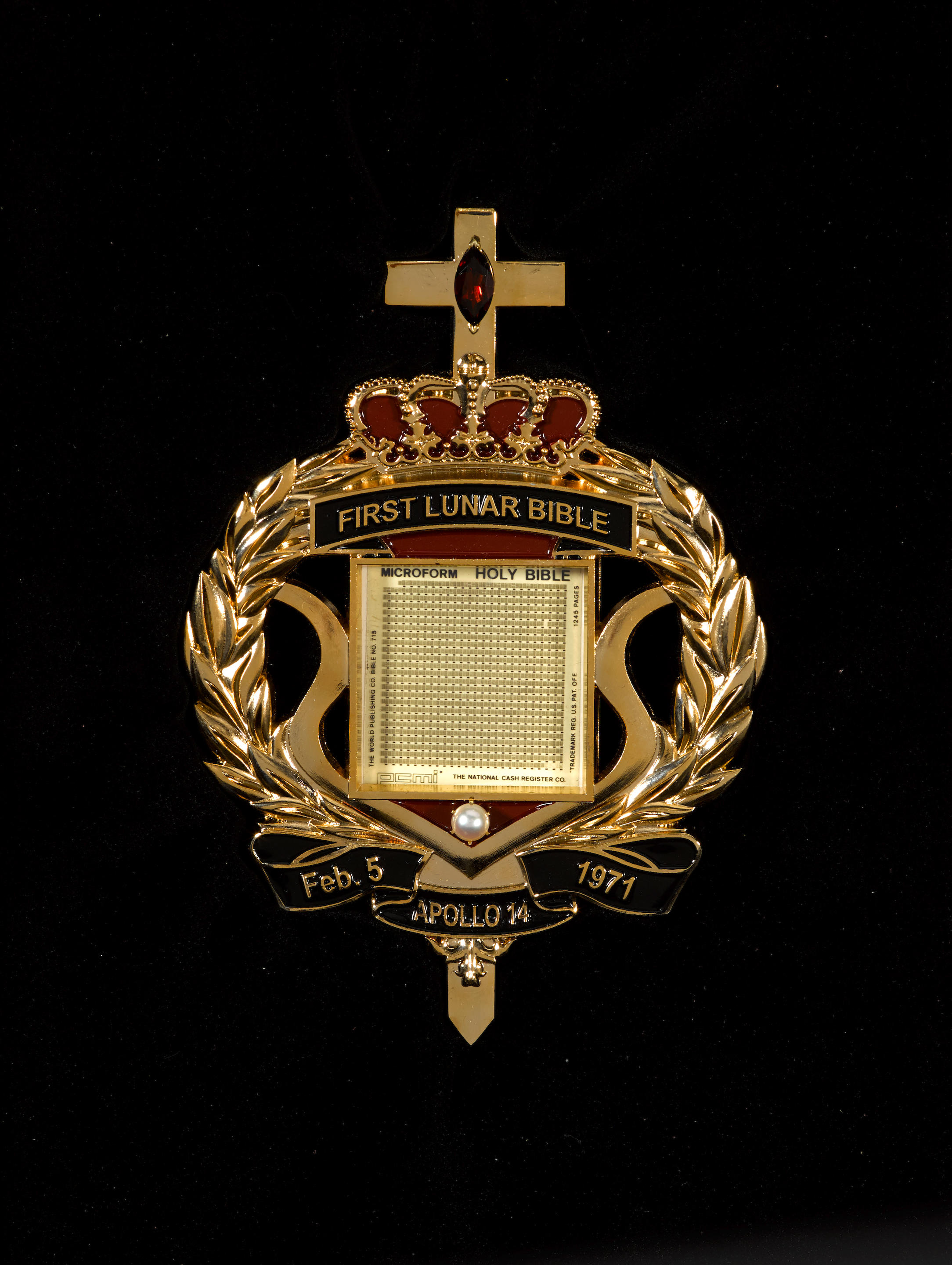

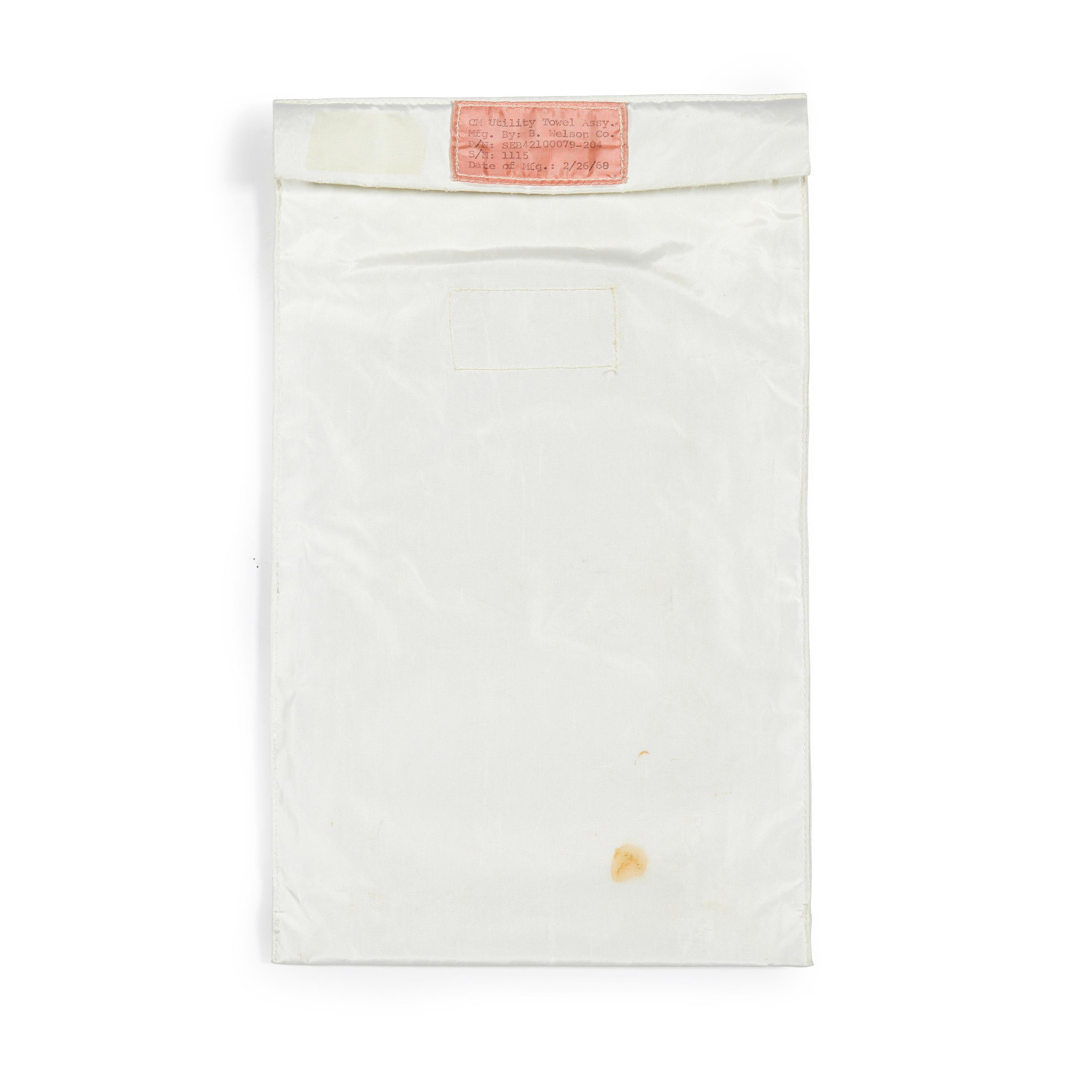
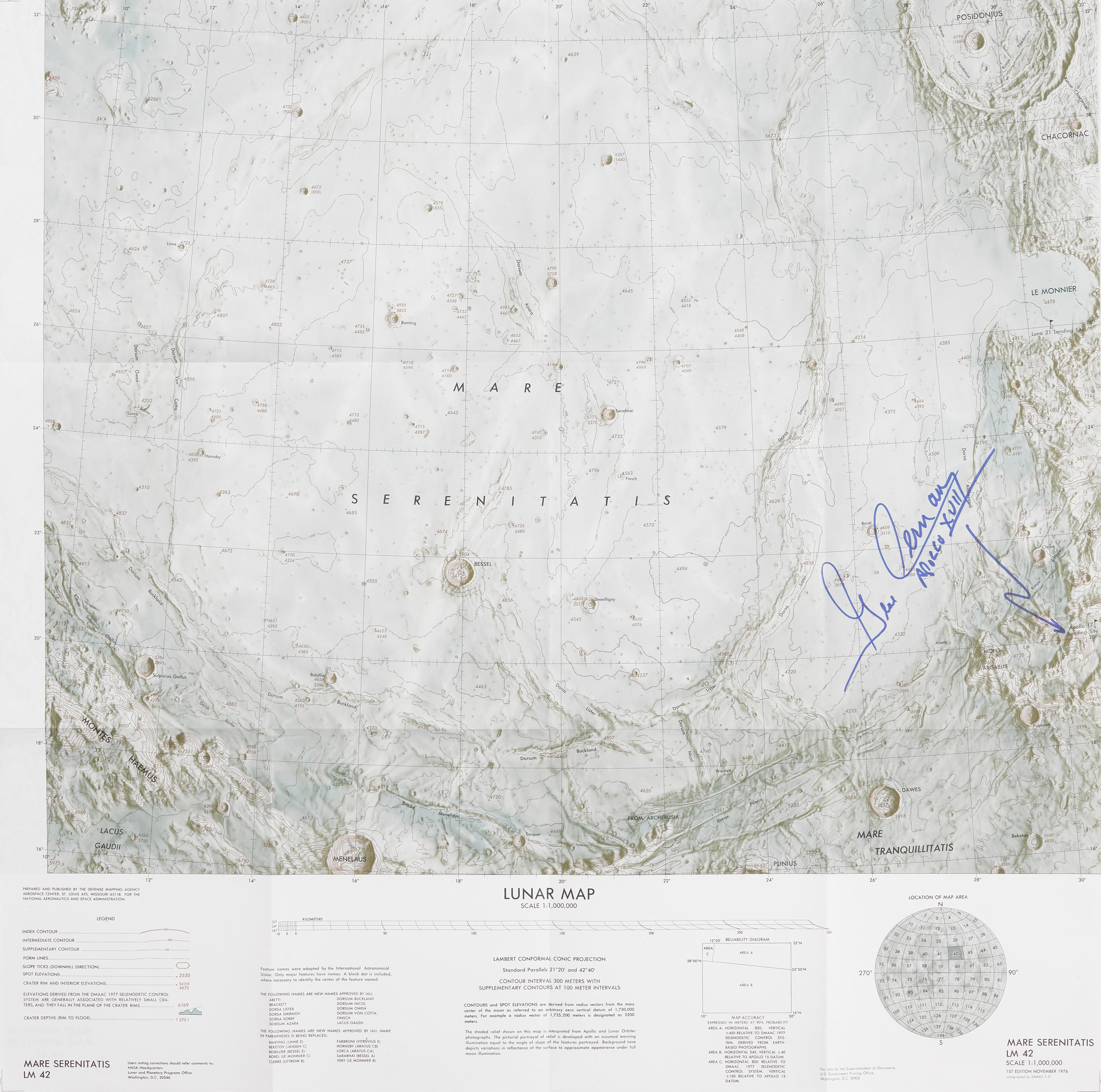
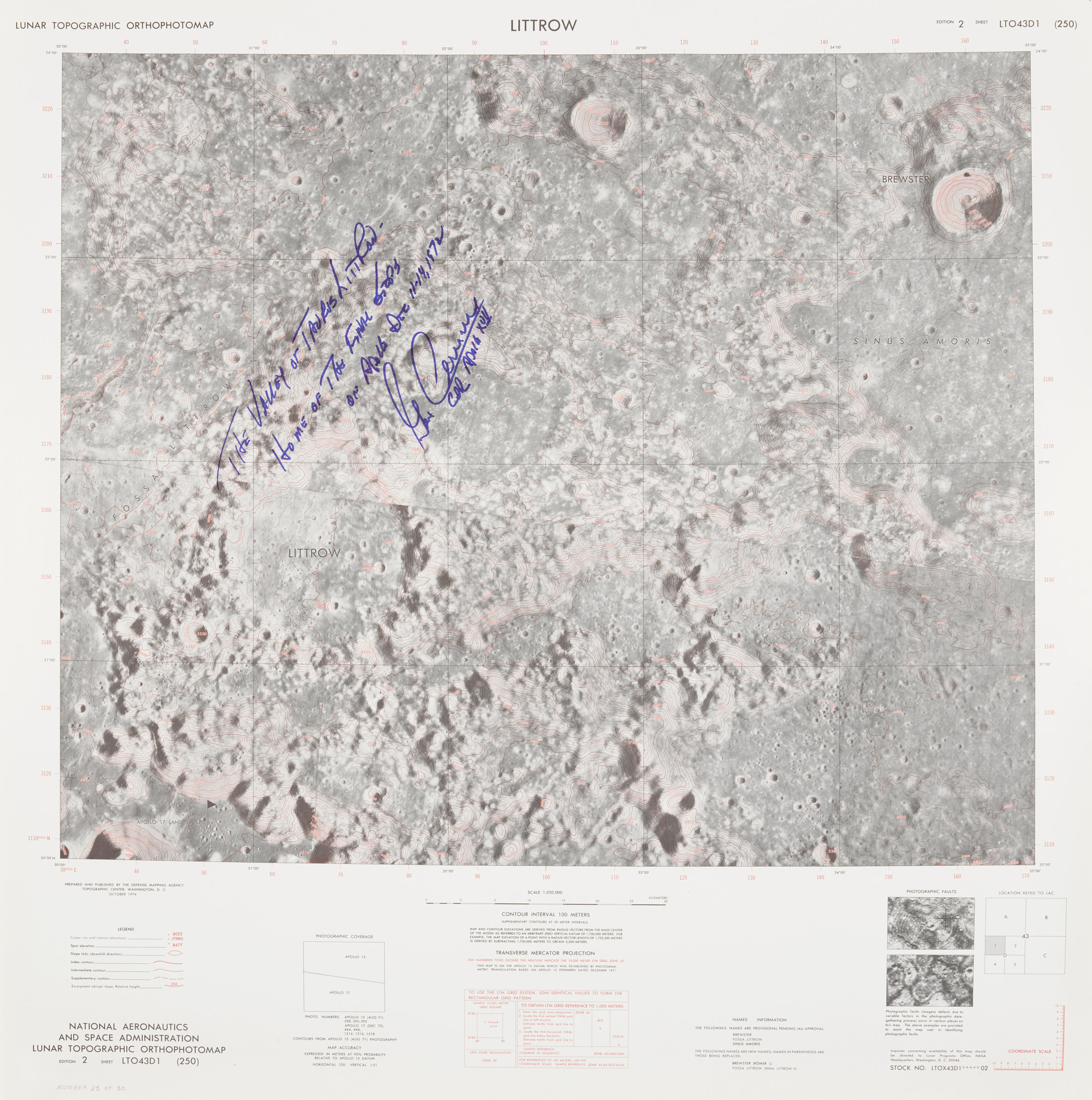






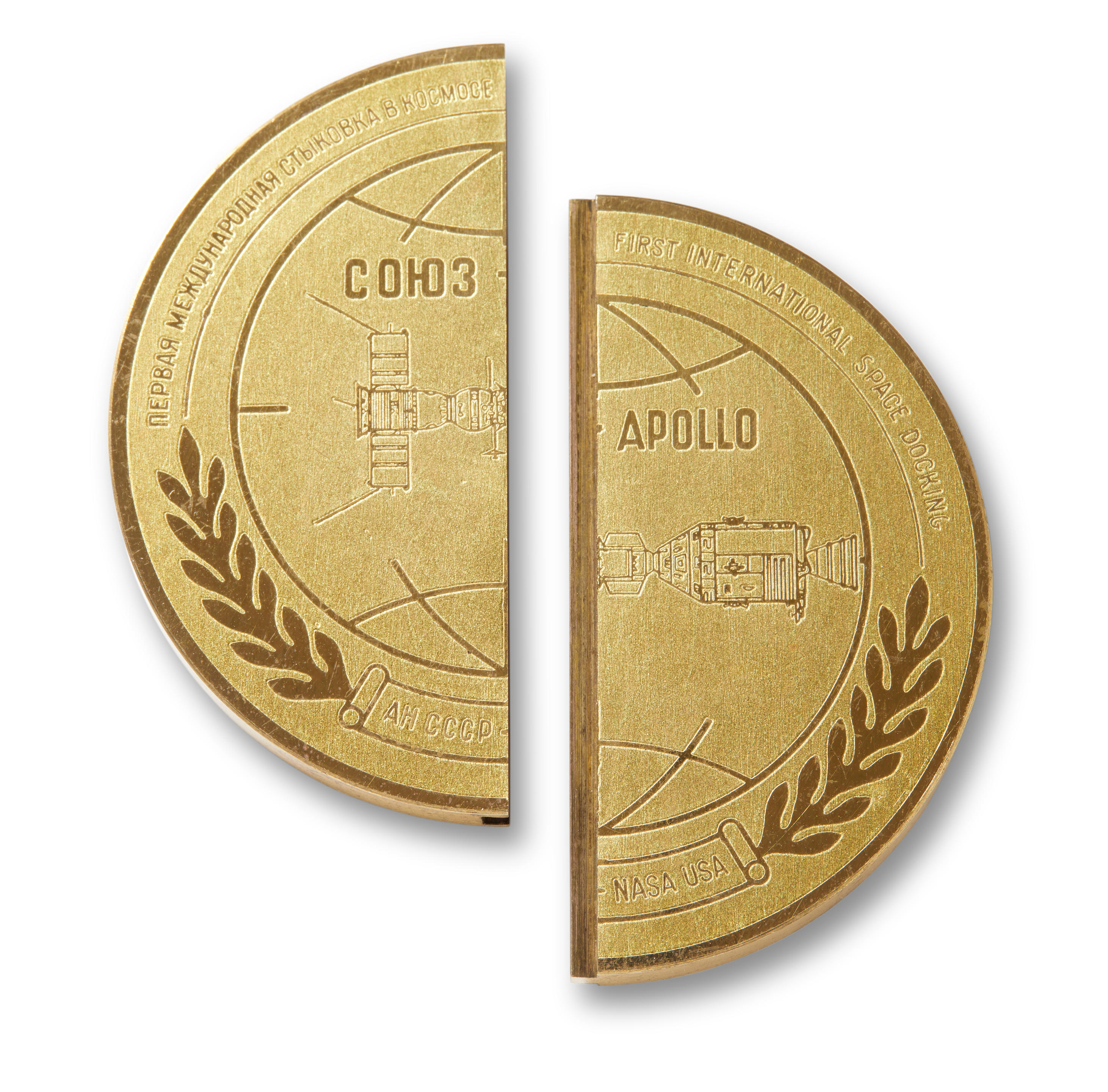

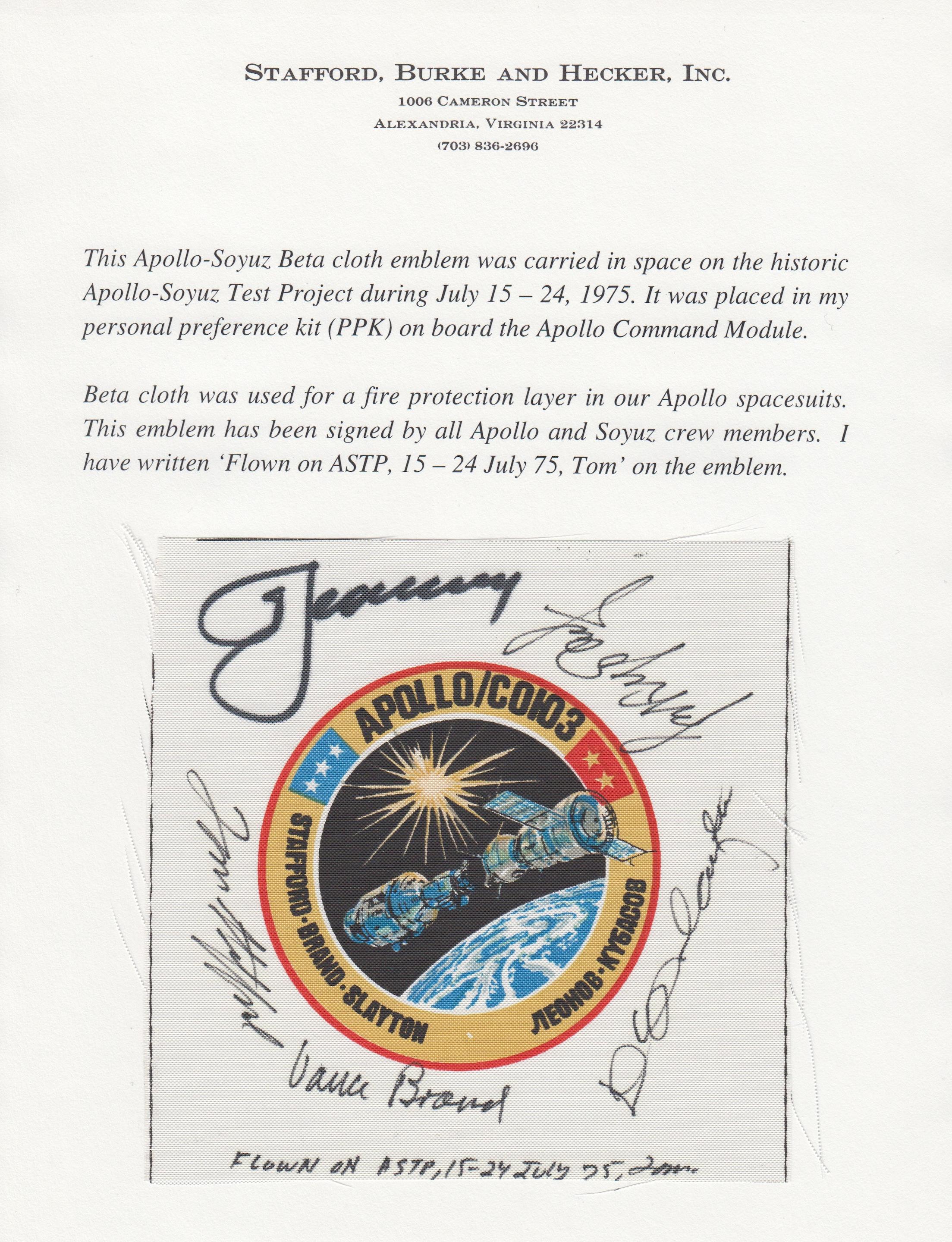
Try LotSearch and its premium features for 7 days - without any costs!
Be notified automatically about new items in upcoming auctions.
Create an alert